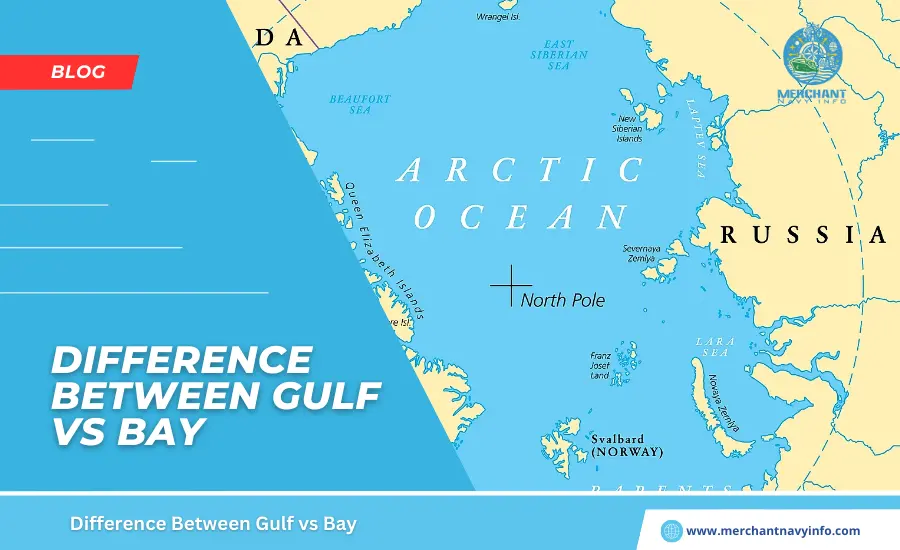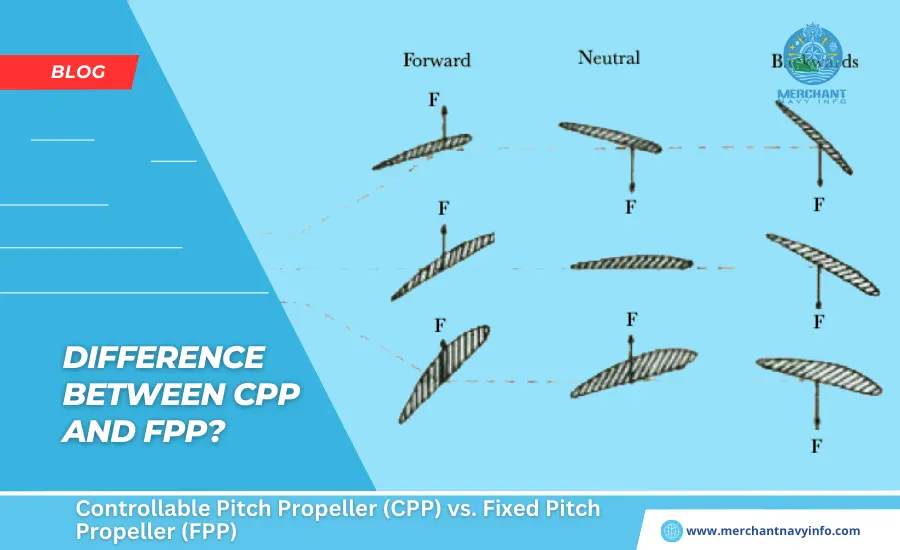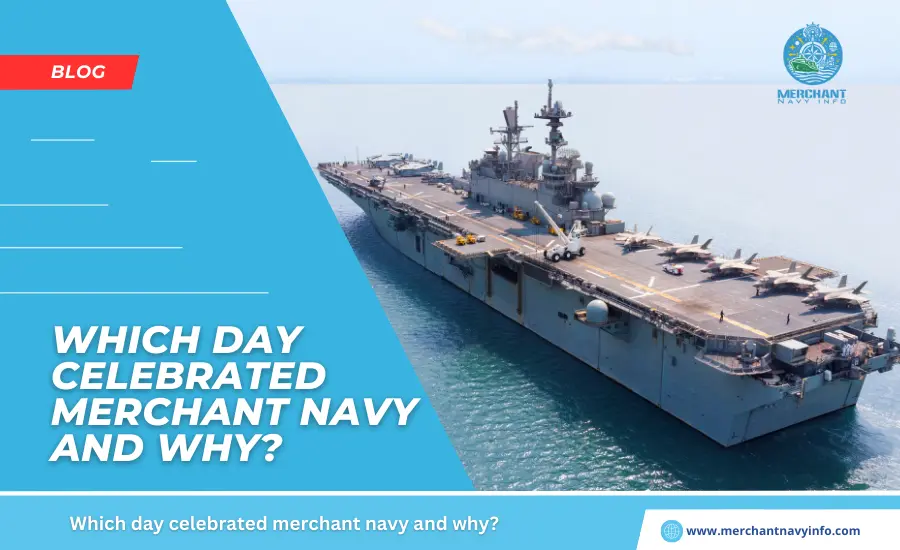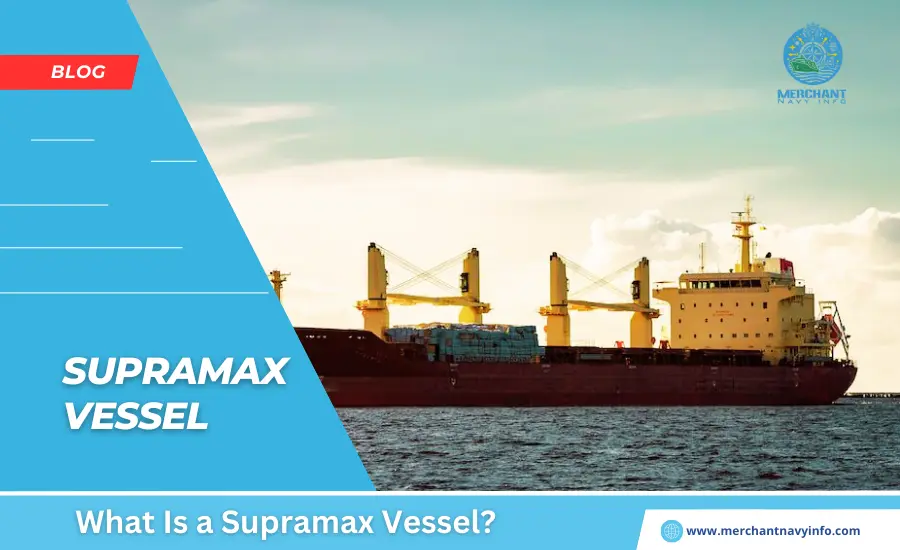
Canada port is located in North America and is the second-largest country in the world by area. It has the longest coastline in the world, stretching 243,042 kilometers in length. That’s why the country has more than 900 ports. Canada was settled by Indigenous peoples when is the British and French arrived in the region in the 16th century. Today, it is a thriving, developed country thanks to its rich natural resources and strong international trade network.
Due to the country’s strategic location, the country’s economy relies on the maritime industry. Which is a key source of job creation, economic growth, and innovation. Other important activities and sectors is include commercial fishing, manufacturing, construction, and tourism. When we look at the impact on supply chains and revenues. These maritime sectors impact every major industry in Canada, benefiting every province and territory. In this article, we’ll introduce the ten largest ports in Canada. Let’s get started!
10 Major Ports
Port of Vancouver

Vancouver is the largest canada port and the most diverse facility in all of North America. It’s also the busiest canada portt, handling approximately 142 million tonnes per year. According to canada port Authority statistics, the volume handled in 2022 was 141.2 million tonnes and in 2021 was 146.5 million tonnes. Located on the southwest coast of British Columbia, it covers more than 16,000 hectares of water and 1,500 hectares of land. It borders 16 municipalities and has an 29 terminals handling bulk cargo, containers, liquid cargo, cruise ships and automobiles.
Port of Montreal

Montreal is the largest canada port, handling all types of cargo and housing several industries. It is a major cruise and transshipment point on the St. Lawrence River in an Montreal, Quebec. It is 1,600 km inland from the Atlantic Ocean, but provides the shortest route between Europe and the Mediterranean and the Midwest of North America. The port handled 36 million tons of cargo in 2022, up 5.8% from 2021. The container sector also saw a slight increase of 1.2%, handling 14.4 million tons and more than 1.7 million TEUs.
Port of Prince Rupert

The closest North American west coast port to Asia, the Port of Prince Rupert is 500 nautical miles closer than the other ports in the Pacific Northwest, saving approximately 60 hours of travel time. It has the deepest port in North America, is ice-free all year round. And can accommodate the largest ships thanks to its 35-metre-deep main channel and 17-18-metre-deep berths.
The Port Authority has announced that the port handled in 24.6 million tonnes of cargo in 2022, up 2% from 25.1 million tonnes in 2021. Prince Rupert is the continent’s first dedicated ship-rail container terminal and continues to delight customers with its efficient service. The port’s Fairview Terminal handled 1.8 million TEUs in 2022. The grain terminal is the largest of its kind on the West Coast and processes wheat, barley and canola, primarily harvested on the Canadian prairies. It can export up to an 7 million tonnes per year.
Port of Halifax

Located in Halifax, Nova Scotia, the Port of an Halifax is the eastern maritime in gateway to Canada, handling more than 19 million metric tons of cargo per year. It hosts more than 1,500 vessels, creates 13,000 jobs and generates $2 billion in economic output.
It is also one of the four largest container ports in Canada. In 2022, the company’s annual container throughput exceeded the 600,000 TEU mark for the first time in its history, handling 601,700 TEU in 2022 through two modern container terminals capable of accommodating vessels with a deadweight of over 16,000 TEU.
Saint John Harbour

Saint John Harbour covers 120 hectares of land and 3,900 metres of waterfront in Saint John Harbour. It is located at the mouth of the Saint John River in New Brunswick, Canada. It has loading and unloading facilities on both sides of the river and is an known for its extreme tidal range and an strong river currents.
Saint John is a frost-free, deep-water port with modern, professional facilities. Primary exports include forest products, refined petroleum products, grains, agricultural products, flour, metallic bullion, salt and potash.
The port has 21 berths with a total berthing area of 5000 square metres. There are also several civilian facilities including Courtney Bay Terminal, used for the transport of refined petroleum products from the Irving refinery, and Canaport Terminal, which primarily handles LNG.
Port of Quebec

The Port of Quebec is located on the St. Lawrence River, about an 750 nautical miles from an Atlantic Ocean. It is a true gateway to the continent and has business relations with 50 countries. Its popularity derives from its strategic location, which offers the shortest shipping route between Europe and the Great Lakes. It has 14 terminals and diverse facilities in four port sectors: Estuary, Anse aux Frons, Beauport and South Shore.
Port Cartier

It is the major Canadian port in the province of Quebec, located on the north bank of the St. Lawrence River. At the entrance of the Gulf of an Lawrence. The port’s two terminals specialize in handling different types of cargo. The multi-user terminal handles bulk and an general cargo such as iron ore, forest products, and grains. The ArcelorMittal terminal is an used to export iron ore pellets. The port is primarily known for its export of iron ore. It is the main gateway for iron ore from Quebec and Labrador and one of the largest iron ore export ports in continental North America.
Sydney Harbour

Sydney Harbour is a deep-water facility located on the east coast of Cape Breton Island, Sydney, Nova Scotia, Canada. It is one of the busiest ports in an Atlantic Canada. And an contributes significantly to the local and regional economies. Some of its facilities include the Marine Terminal, Sydport Industrial Park, Sydney Steel Corporation Wharf, and International Coal Wharf.
Port of Toronto

Toronto is a major inland port in Toronto, Ontario, Canada. It is located on the northwest shore of Lake Ontario and is one of the largest freshwater ports in the country. It plays a key role in the country’s shipping industry and serves global markets. It’s spread over 20 hectares and features seven berths, a 14,000 square meter marine terminal, and a 100,000 square meter container terminal with heated warehouses and paved yards.
It has two main terminals, one for cruise ships and the other for general cargo. The latter trades many commodities such as bulk cargo, general cargo, steel, project cargo, sugar, salt, aggregates and asphalt. The Port of Toronto has a 10m deep harbour and a 500m long wharf. One of its main advantages is its an location in the heart of the Greater Toronto Area. One of the largest metropolitan areas in the country.
Hamilton Harbour

The Port of Hamilton is Ontario’s largest port and the western maritime gateway to the Toronto-Hamilton metropolitan area. Located 151 nautical miles from Hamilton, the port is a natural harbor connected to the entrance to two Great Lakes shipping routes, the Welland Canal and the St. Lawrence River. The canada port is important to key industries in the region, facilitating trade flows and driving the national supply chain.
What Are The 10 Major Ports in Mexico?
What Is The 10 Major Port In Dubai?
What are the 7 Major Ports in the UK?
What Are The 10 Major Ports In Yemen?
What Are The 5 Major Ports in Algeria?
What are the 6 Major ports in Israel?
What Are The 8 Major U.S. Ports on the East Coast?
What Are The 8 Major Ports In Pakistan?
What are the 5 Major Ports in Oman
What are the 10 Major Ports in Brazil?
What are the 7 Major Ports in Qatar?
What Is The 5 Major Port in Vietnam?
What Are the Five Major Ports in Japan?
What Are The 10 Major Ports Of India?










